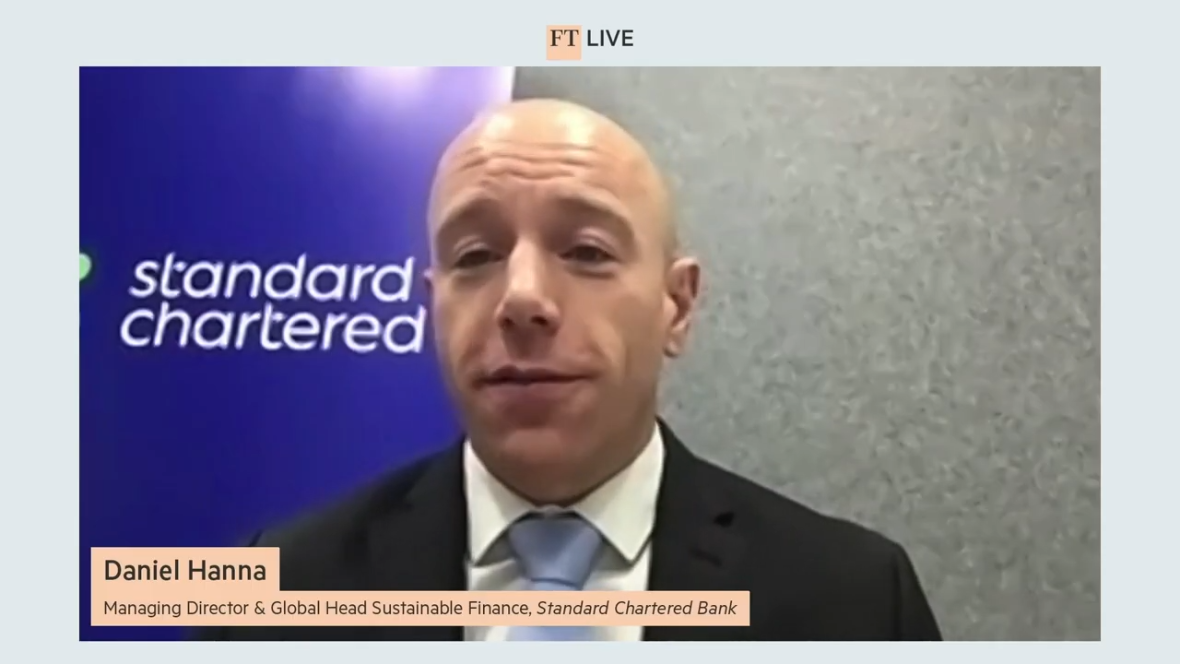Supercharged: How lithium can remain key to the energy transition


Lithium is a critical component in the production of electric vehicles (EVs), sales of which have been growing for more than a decade, but now increasing exponentially online with sales of EVs. In 2020, the global stock of EVs reached 10 million – a 43 per cent increase over the previous year1.
This level of demand has been squeezing the supply of lithium and at the same time, has sent prices soaring2. Without sufficient production, there is a danger of raw material prices increasing to the point of dissuading new buyers of EVs thus impacting the pace of the transition of mobility. So how can the lithium industry keep itself relevant enough to remain a lynchpin of the energy transition?
A consolidation of investment in the sector is essential, according to Michael Willoughby, Co-Head of Metals and Mining (APAC) at Standard Chartered, who spoke at the recent FT Mining Summit3.
Part of the problem, he said, is that lithium miners have not (until recently) been in a strong position to fund exploration and development of large scale greenfield assets.
While they now (only recently) trade at very high equity multiples, it takes time for these companies to grow the infrastructure, funding frameworks, institutional shareholder support and management bandwidth to accelerate investment, not to mention the it take under a best case scenario from discovery, to development, to permitting, to construction, to production (usually around 10 years).
“The lithium miners are a collection of juniors that are suddenly now quite large companies,” Michael said. “They simply have to become proper operating companies and become a lot bigger to attract more institutional investment.”
Right now, Chinese firms are the most likely to invest in lithium acquisitions, because their capital costs are much lower and they are much more vertically integrated than Western players – while multinationals are more likely to develop their own assets rather than being perceived to buy existing assets at the top of the cycle.
But lithium projects are needed around the world to keep up with demand.
The need for a more mature investment approach comes at a time when the lithium market is at a crunch point, with supply waning just as demand is on the rise – for EV production in particular.
Coupled with the challenges of stockpiling and development disruption caused by the COVID-19 pandemic, the supply environment for lithium is very tight.
That means production must now be scaled up significantly and that cost pressures need to be managed. But any growth has to take place in a sustainable way.
Mindful that the end customers for “green” products such as EVs expect low-impact production and supply chain transparency, the mining industry is taking steps to minimise carbon emissions.
Rio Tinto, which is developing a large-scale greenfield lithium site4 in Jadar, Serbia, is already investigating recycling opportunities.
Other avenues being explored include solar-powered production in China. In future, lithium mining operations are likely to be co-located in hubs with renewable energy sources.
“In the past, you’ve put processing centres where politics are favourable or where land is available, or pollution is acceptable,” Michael said. “In the future, you’ll put the processing in hubs where renewable energy is plentiful, and that’s where you’ll get a lot of synergies – all powered by renewables and all transparent for the end customer.”
Lithium producers are also greening their operations, with clean power, recirculated water and non-hazardous chemicals.
In order to continue the scale of production required, investment in the lithium sector needs to be deepened with the addition of institutional finance.
Because of its relatively small size, particularly within North America, the lithium market has historically experienced deep cyclicality and specialist knowledge from investors – who, as a result, have been cautious about active stock selection in the sector.
However, investors are being drawn to the technology and chemical sectors, and their crossover with lithium production is likely to promote industrial efficiency.
Similarly, while there is unlikely to be state-supported mining in most countries, government supply-chain support could bring a boost to the sector.
For the EV transition to continue apace, investment needs to be accelerated in new lithium production assets with a more diverse ownership group, and with transparent ESG credentials.
With the lag of investment to production in mining, the likely solution for accelerated lithium production is likely to come from the chemical or technology sectors where institutional risk tolerance is appreciated if not encouraged.
1 IEA: Trends and developments in electric vehicle markets
2 Reuters: Surge in electric vehicle sales power lithium prices as shortages loom
3 FT Mining Summit
4 Rio Tinto commits funding for Jadar lithium project

With topics around urban transformation, energy transition, the future of transport and critical infrastructure across Asia, Africa and the Middle East, this content series will unearth fresh trends and showcase how we are supporting clients in the transition towards a more sustainable and inclusive future.